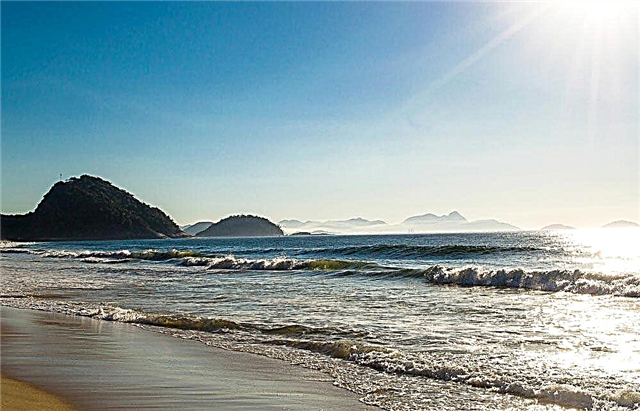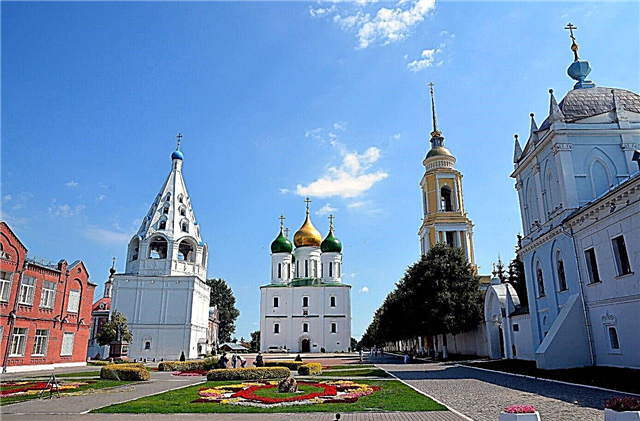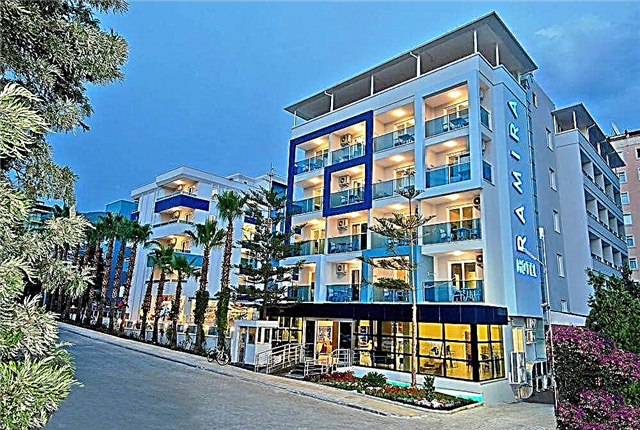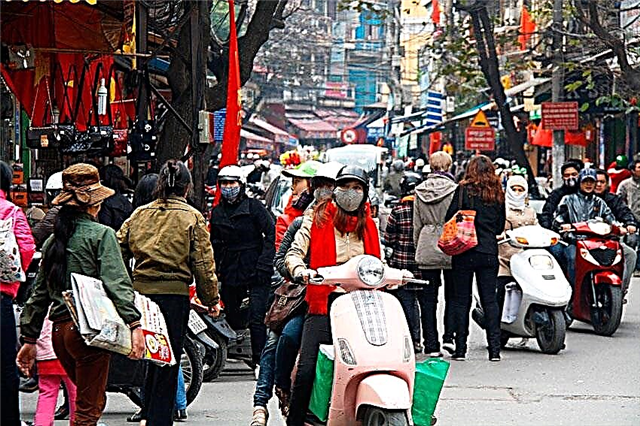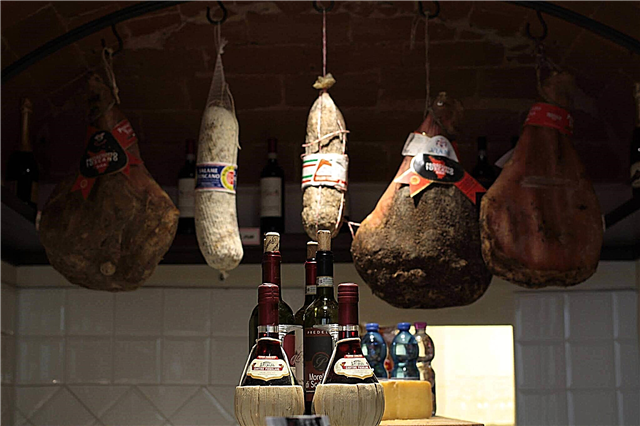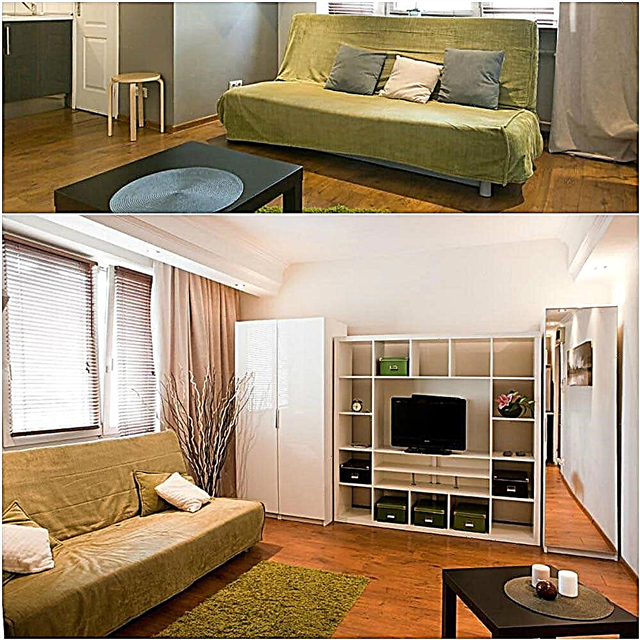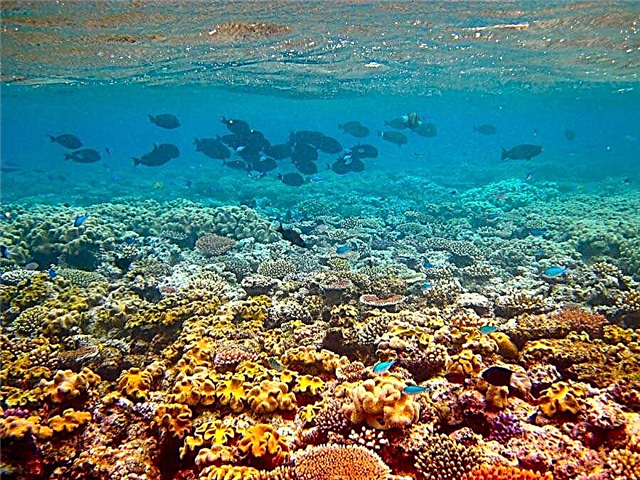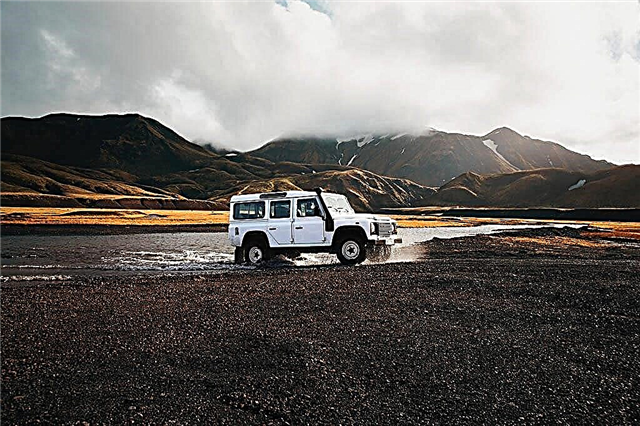Iceland must be traveled far and wide by car! We will tell you how to rent a car in Iceland: how much it costs, what you need to know about renting, what you can save on, what things to take on the trip. Routes around the country, gasoline and parking prices, fines.
The territory of the country is small, but it accommodates so many unique natural and historical monuments! It seems that no tourist has yet spent a vacation in Iceland sitting in one place. You can move around the country in different ways - by plane, bus, and sometimes by hitchhiking. We will tell you about a trip to Iceland by car - how much it costs, which car to choose and how not to forget anything.
Look at our instructions: Car rental in Europe - all the nuances and secrets.
Features of car rental in Iceland
What documents are required to rent a car:
- A voucher confirming the booking (the car is usually booked online).
- Driver's license valid for the next 12 months (and preferably 24 months).
- Passport or other identity document.
- Debit or credit card in the name of the main driver. The deposit will be blocked on it.
Payment cards... Often, the requirements of the car rental company indicate that only credit cards are accepted for payment, and debit cards are not. But with Russian cards, the situation is different. Cards that do not have an embossing, the surname is not indicated on them and debit is directly written on them (for example, for Europeans it is Maestro or Electron) are not accepted. Any other full-fledged card, including the Russian Visa / Mastercard, will be considered a credit card.
Age... Another important point is your age. If you are under 25 or over 70, additional fees may apply. But some rentals may have wider boundaries - for example, from the age of 21.
Companies' requirements may differ, so you need to read them very carefully.

Car rental prices in Iceland
The price for car rental depends on the season. In summer, the cost increases 2-3 times, and it is better to book a car several weeks in advance.
The simplest cars can be rented from 19 € per day. Such a car will suit you if you are only going to drive around the outskirts of Reykjavik and on the circular route along the road number 1.
In the center of the country, the roads are unpaved; there are also fields, including lava ones. If you're going there, rent an SUV or crossover. They are standing from 50 € per day.
RV rental costs from 150 €, but it is not able to travel on all roads.
Compare prices of rental companies online at Rentalcars or EconomyBookings is a convenient way to easily find and book a car at a profit.

How to save
- Many companies offer to rent a car at the airport. It is convenient: in the city, the car is only slightly cheaper, but you do not need to spend 3000 kroons on the Flybus shuttle to Reykjavik.
- If you plan to travel a little, then check with the company if they have a service "from a full tank to an incomplete", this is also a good savings.
- Cars with an automatic transmission are more expensive.
- If you have a navigator at home, take it.
- Book at least three weeks before travel.
- Ask if there is a mileage limit. For Icelanders, such things may be obvious, and you will not be specifically reminded of it.

Road quality
Circular track # 1 is of excellent quality, but it is not illuminated, there are only reflective poles along the edge of the roadway. It is open all year round, and other roads are periodically closed due to volcanic activity, rain, snowfall and other vagaries of the weather. Most of the roads are open in summer.
Gravel and lava roads are a little more difficult. The unpaved ones have a special designation - F. You can't drive a sedan on them, take a 4x4 car.
The rental company will tell you exactly on which roads you can drive a particular car. And if you have an accident on a road that is not intended for your car, you will compensate for the damage yourself.

Important! Be sure to carry a spare wheel with you and agree in advance about a possible evacuation: where to call and whom to call. Typically, the contract contains the phone numbers of the special services. You can wait for help on the road, but traffic in Iceland is low and you risk losing a lot of time.
There is another feature in Iceland - these are animals on the road. They say that the number of sheep in the country exceeds the population, and if you move away from the city, you will be convinced of this. Avoid the sheep on the road carefully, as they can seriously damage your car if driven aggressively. Horses are often encountered on the track.
Answers to your questions about traveling in Iceland by car
Refueling and the cost of gasoline
A liter of gasoline in Iceland costs from 230 CZK, refueling along the highway and outside the city is 10-15% cheaper. They are everywhere and for any you can pay by card. But it is better to find out in advance by the navigator where the nearest column will be.
Car insurance
Insurance usually costs between 15 and 30 euros per day. Deductible insurance can be included in this cost, but sometimes it is offered to be issued additionally. This means that in the event of an accident or breakdown, it will not be you or the rental company that will pay for the repair, but the insurer. In Europe, this practice has existed for a long time, and most tourists are advised to use the service.
There is also insurance against theft, but Iceland is a safe country, moreover, an island country, and cars are practically not stolen here. Almost all vehicles are equipped with GPS beacons.
Most companies freeze a serious amount of the deposit on your card (usually from 1000 to 2500 euros), this money is returned within a month after the car is returned to the rental office. Companies that do not take a deposit - Lava Cars, Geisir, Bluecarrental. But be sure to check if all types of cars fall under these conditions.

Fines, traffic rules and cameras
Traffic rules in Iceland are no different from other countries. The speed limits are as follows:
- 50 km / h in the city;
- 80 km / h on a dirt road;
- 90 km / h on asphalt.
Iceland has a lot of single-lane roads and narrow bridges, so keep a close eye on your travel priorities. And many tourists also say that Iceland is so beautiful that it is quite possible to stare and violate traffic rules.
The fines in Iceland are huge. For example, for speeding by 20 km / h - a fine from 20,000 to 50,000 kroons (i.e. up to 400 euros). For exceeding by 30 km / h and above, you are threatened with disqualification. Cameras on the roads are active, and there are many hidden ones among them. In case of very serious violations (for example, exceeding by 50 km / h), you may face legal proceedings, and the fine will be up to 1000 euros.
Fines in the range of 100 euros threaten you for not passing a pedestrian, violating the rules of overtaking, or stopping at a pedestrian crossing.
You can also get fines from police officers, who are enough on the roads. Iceland is one of the safest countries in the world and the police do a great job here.

Parking
The cost of parking in Icelandic cities is from 100 to 250 CZK per hour. In some parking lots in Reykjavik, the first 2 hours are free. The stay is paid through a parking meter or a cashier.
Parking lots near natural monuments (waterfalls, geysers) are covered with gravel and fenced with symbolic posts. There are paid parking lots near national parks, but there are often free parking near waterfalls or lakes.
Free parking can be found near hotels, hostels and on campgrounds. Often their cost is included in the stay.

Cafes and recreation areas on the road
There are cafes on the track regularly, some of them have lounges and even full rooms.
Prices in simple cafes on the highway are as follows:
- vegetable soup + pastries - 1200 CZK;
- puree soup + pastries - 1500 CZK;
- meat soup with the same buttered bun - already 1795 kroons.
If you want to save money, take a thermos with tea with you: you will get warm on the road and you won't have to pay for drinks.
You can eat cheaper at gas stations than at roadside cafes.You are unlikely to try national cuisine here, but you can grab a bite along the way - hot drinks, hot dogs and burgers are sold at every gas station.
If you prefer to cook on the stove, buy groceries in advance - supermarkets are usually open from 10 am to 8 pm.

What things do you need to take with you
In addition to the standard travel kit - toiletries, change of clothes, sunglasses - many other, more specific items are needed to travel in the north.
What is needed from clothes:
- a windbreaker or wind jacket, always with a membrane - it is much more comfortable than raincoats, in which it is very stuffy;
- good trekking boots for hiking in the mountains;
- membrane or other hiking pants;
- fleece pants and jacket;
- thermal underwear.
All these things are needed including in the summer!
It is better to bring a GPS navigator with you so as not to pay for its rent.
If you plan to cook on the road, you need a gas (petrol) burner and pots. Experienced tourists are generally advised to bring as many things as possible so as not to spend money on them while traveling: Iceland is considered one of the most expensive countries, and you really need a lot of equipment and inventory.

Iceland routes by car
There are many routes in Iceland and almost all of them duplicate each other. We will give two examples: Iceland's classic Golden Circle and an extended 13-day itinerary.
Iceland's gold ring
The Golden Circle is the most famous route. It starts in Reykjavik, goes through the center of Iceland (where most of the sights are located) and returns in a circle back to the capital. You can go around in about 8 hours.
Three main points of the route: Tingvellir Park ((ingvellir), Gullfoss waterfall (Gullfoss) and the Haukadalur Valley of Geysers.
Here's an example of a full-fledged journey. The route is designed for 2 weeks, but you can adjust it, add and remove attractions.
Route along the Golden Circle by car
Day 1
Arrival at Keflavik airport (for example, in the evening), overnight in a guesthouse or hotel.
Day 2
Morning departure and inspection of the Golden Ring of Iceland.
- Thingvellir National Park;
- Gullfoss waterfall (Gullfoss aka Golden Waterfall);
- Great Geyser (Geysir);
- Overnight in the town of Fludir.
Day 3
The Haifoss Waterfall and the Gjáin Valley with waterfalls, ponds and lava sites make for a short walking route, because you can't get close by car.
In the evening, stop by the small town of Hveragerði for baths or baths.

Day 4
Route through the south of Iceland. Visit to Seljalandsfoss waterfall, then Skógarfoss. Next is Dyrhólaey Cape, Reynisfjara Beach and a cave. Then we go to the Skaftafell park, where you can spend the night in a hostel or a farmhouse.
Day 5
Morning departure to Skaftafell Park. Excursion to the glacier. Afterwards, a visit to the Svartifoss waterfall and the beach at Glacier Lagoon. Spend the night in Höbn.
Day 6
North of Iceland. Walking tour of Djupivogur, visiting Litlanesfoss and Hengifoss waterfalls. Then a visit to the Myvatn complex - an alternative to the famous Blue Lagoon.

Day 7
Lake Víti, Gate to Hell (Námaskarð), Grjótagjá cave (cave filled with water), ascent to the Hverfjall crater, Krafla caldera. Overnight in the same place.
Day 8
Drive to Dimmuborgir rocks, Detifoss waterfall, climb Vindbelgur.
Transfer to the Goадafoss Waterfall.
Day 9
Transfer to Akureyri, a short walk. Hofsós - swimming in the pool and rocks.
If you have free time, you can stop by Vatnsnes to see fur seals.

Day 10
Transfer to the Western Fjords along the lower road with stops. Overnight, for example, in the village of Patreksfjörður.
Day 11
Drive to Fjallfoss waterfall, then back to Látrabjarg Cape - the westernmost point of Iceland, drive to Rauðisandur beach. At 19:30 ferry to Stykkisholmur, where you can spend the night.
Day 12
Drive to Snæfellsjökull, on the way see Kirkjufell Mountain, Skarðsvík Beach, Djúpalónssandur Beach and Rock Cliffs in Water, leaving for Reik.
Day 13
Free day to finally walk around Reykjavik, return the car, pack up and fly home.
Iceland sightseeing map
Output
Iceland is the perfect country to travel by car. There is everything for an active unforgettable vacation: the possibility of renting cars of various configurations, safe parking and parking for cars in campsites, the possibility of cashless payments in any store and at any gas station. In order for you to remember your trip only with pleasant impressions, you need to know about some rules: how to pay for parking, features of car insurance, types of roads and speed limits. With good preparation in advance, you can not only see all the beauty of Iceland, but also significantly save on many things.
Rentalcars.com service will help you find and book a car profitably online.

